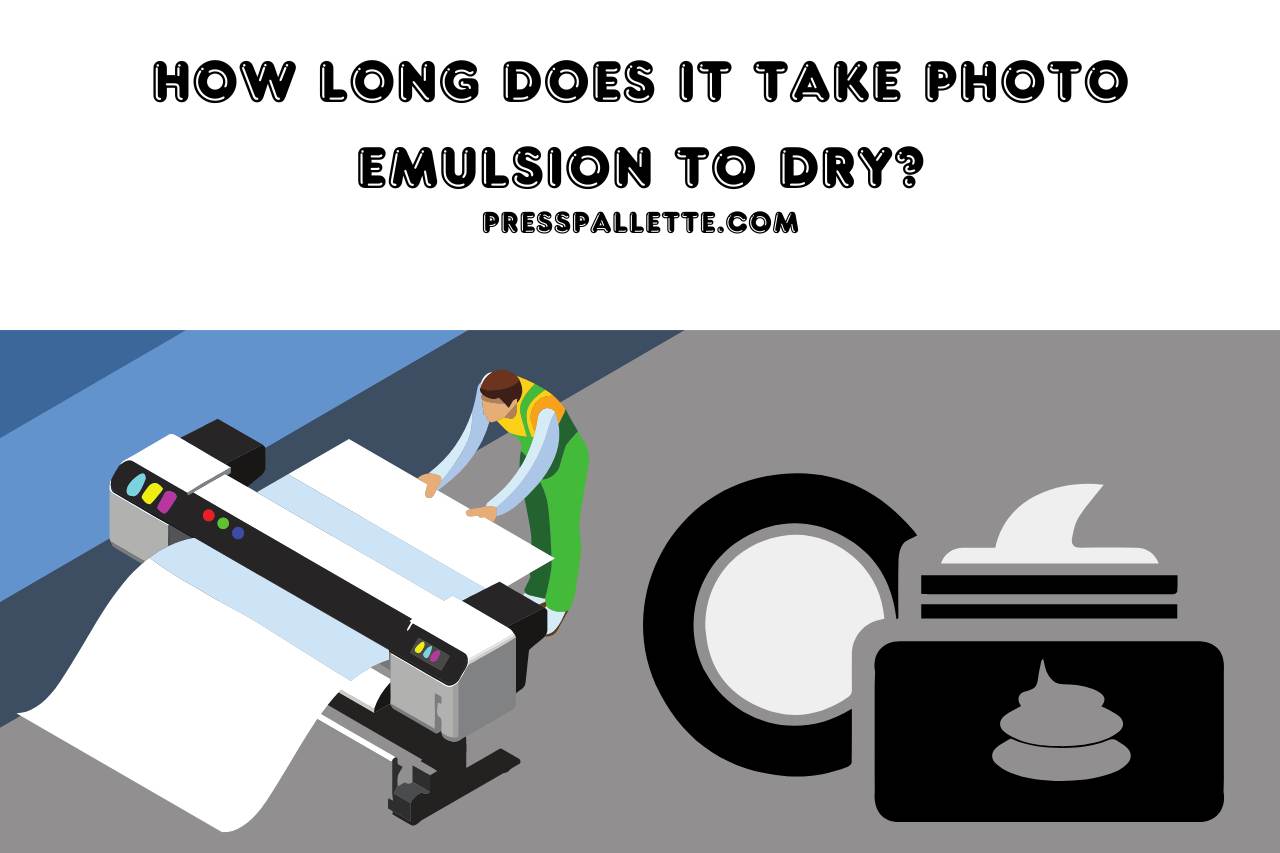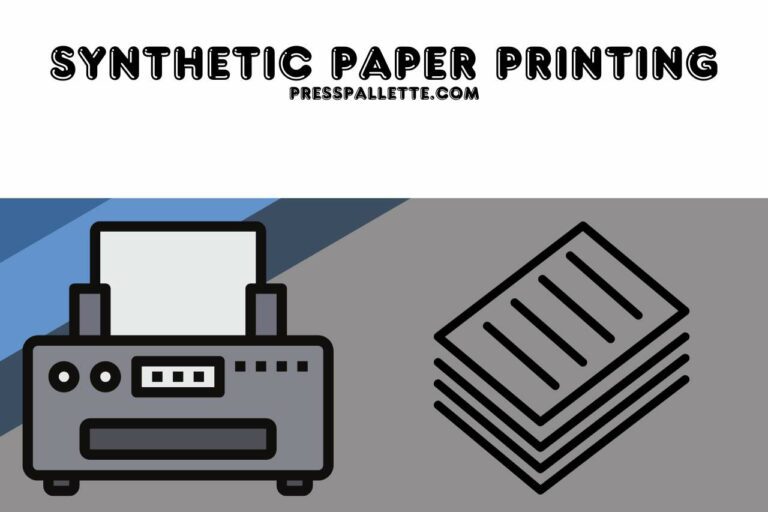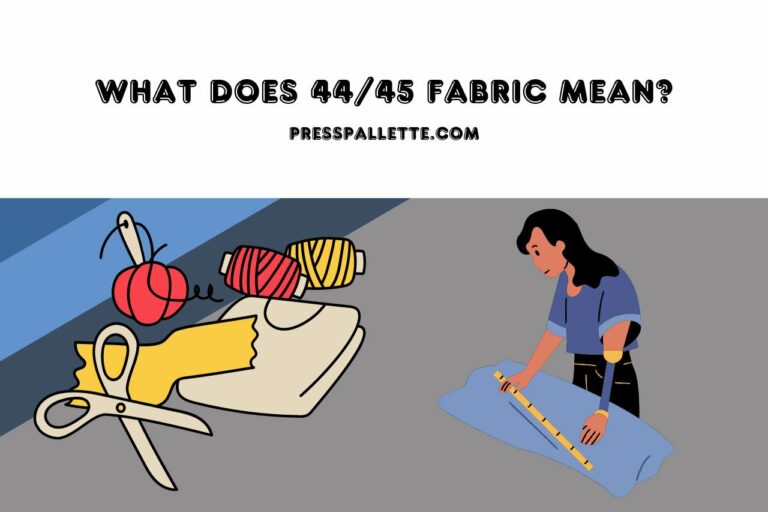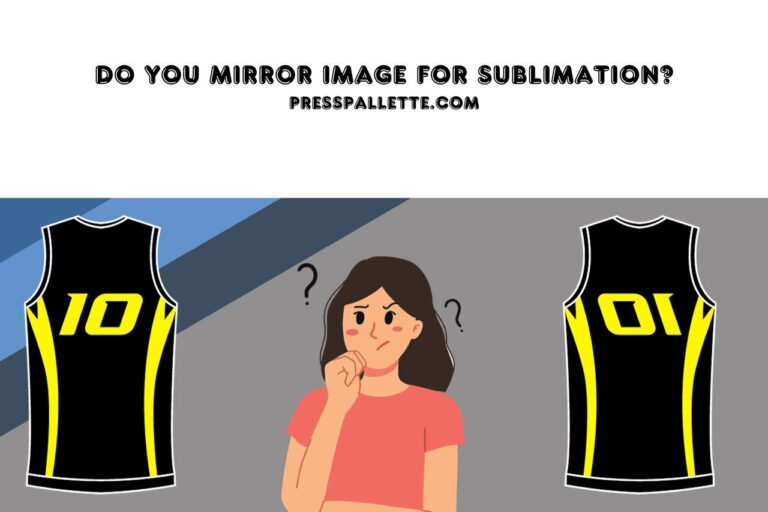How Long does It Take Photo Emulsion to Dry? Factors Affecting Photo Emulsion!
Screen drying involves more than just making sure the emulsion gets touch-dry. It necessitates an understanding of common drying methods. How long does it take photo emulsion to dry?
It is nearly never the goods that are flawed when using the ultra-high quality screening printing supplies that were accessible; rather, it almost always occurs during the printing procedure. Here are some typical problems that you could run into when traveling.
How are Screens Made Into Prints?
Get the Emulsion Ready
Each sensitizer bottle should have water poured until it is around halfway filled. Use a brush to aggressively swirl the photographic emulsion once the various sensitizers are thoroughly integrated, and the result has become a greenish green.
The Display should be Coated
The mesh has to be adequately saturated with emulsion despite becoming oversaturated for it to successfully coat screens; otherwise, when the screen evaporates, the emulsion will fall off of it. Place the display diagonally over a bathroom vanity or bathtub.
The emulsion should be applied to the panel by placing the squeegee beneath the blended emulsion as well as smoothly dragging it over the display area.
Put the Drying Barrier in Place
The display must be kept in a dark place to prevent the emulsion from curing, which makes it light-sensitive. To treat, place the display diagonally for a minimum of four hours. By putting a fan on this show, you may speed up the procedure of drying.
Create the Visual Work
Printing black-and-white or inkjet pictures with vibrant and impenetrable images on translucent sheets is a popular and effective approach for creating images.
Exposure of the Image
The length of time it takes to completely expose your shot will be largely influenced by the illumination. Set the monitor just below the point of sunlight, using a beam that shines at a distance about equal to the diagonal dimension of the television, to ensure that the point of lighting is now sufficiently distant to fill your whole image equally.
Make the Stencil Clean
Using the sprayer and pump, vigorously pressure clean the surface from all sides. You may check to see if the stencil has any green emulsion by putting its surface up to a bright light.
Print Out the Image
The quantity of airflow over the screen, the temperature and humidity of the environment, and the length of time required for the display to become dry are all closely connected.
How Long does It Take Photo Emulsion to Dry?
The quantity of airflow over the screen, the temperature and humidity of the environment, and the length of time required for the screen to dry have all been closely connected.
Avoid the need to finish your screen right away. Emulsion needs a good 24 hours to completely dry in a regular room-temperature environment. A hairdryer should never be used on the display.
The amount of space you have affects how long it takes. Should you have a closed environment with strong ventilation and a potent dehumidifier, you can additionally have panels ready in 20 minutes.
If these displays are put in a viewing area using a single inefficiently placed fan, it could take several days for them to become properly dry.
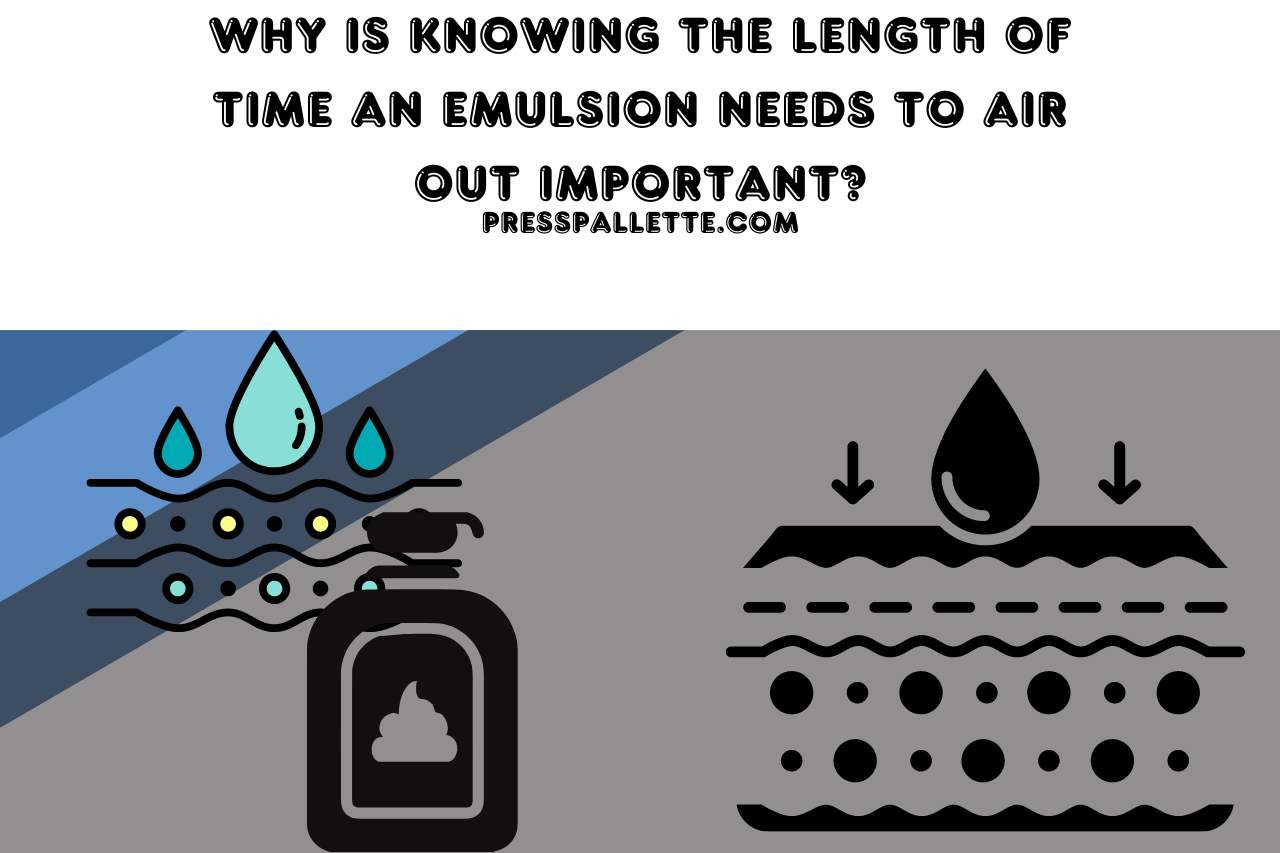
Why is Knowing the Length of Time an Emulsion Needs to Air Out Important?
The amount of airflow across the coating, how hot and dry the space is, and how long it requires for a covered display to dry are all intimately correlated. You should bring with you a dehumidifier to make sure the space or washing box (environment) is sufficiently dry.
The drying atmosphere should have a humidity level of between 30 and 40%. The ideal room temperature ranges from 68 to 85 degrees Fahrenheit (warmer is preferable). Additionally, you’ll need airflow above and below the screens to facilitate drying.
The interaction of dry and warm air blowing over an emulsion and moisture-drawing forces will reduce the emulsion’s volume of water to the thirty to forty percent ranges required for optimal exposure as well as cross-linking.
A closed-off room with high airflow and a potent dehumidifier, for instance, may have screens ready in just twenty minutes. It may take many hours to allow the panels to dry adequately if they are positioned in a screen area corner with a single ineffectively placed fan.

What should the Ideal Drying Conditions Be?
Use a hair dryer as well as a fan to hasten the drying process for the emulsion if necessary. Prior to subjecting the coating to light, make certain that it is entirely dry. The emulsion won’t be clear and won’t provide a correct image if it isn’t dry.
Temperature for the Drying Screening
Since drying coated panels at temperatures above 110°F (40°C) may negatively affect the performance of stencils, emulsion makers normally advise doing so.
Every diazo-based emulsion is heat-sensitive. The diazo sensitizer within the emulsion really begins to deteriorate at any point over zero.
It is advisable to work in cold or ambient circumstances when utilizing either of the two stencil methods to reduce this deterioration. The best course of action is to constantly coat screens as soon as possible and stay away from hot environments.
The Drying Screen Needs Airflow
Drying cabinets come in a variety of designs, from heated, automatically controlled commercial units to straightforward handmade models. Just verify that it has a decent airflow, an inlet to pull in dry air, as well as an exhaust to push out moist air if you utilize a device like that.
When built properly, a drying cabinet speeds up the cleaning process, conserves space, and guards against pollution and harm to coated panels.
A Screen-drying Light Source
Since any light, especially UV wavelengths, that reaches coated screens might induce the emulsion to start bridging and pre-expose the pattern, the drying chamber or cabinet must be entirely dark while drying coated panels. You will be left facing an unreadable screen when this occurs.
When the coated display is in contact with the light for an extended period of time, even filtered fluorescent lamps will cause premature polymerization.
Hours typically pass prior to yellow lights, causing any significant pre-exposure. The fact that coated screens frequently spend several days in drying facilities with such illumination conditions might cause serious issues.
Inspecting your Washing Cabinet and Any Hot Areas
Warming is a topic that merits consideration for those considering integrating a manufactured screen-drying cupboard or building their own.
Homemade cabinets sometimes include an insignificant heater to speed up the drying process, even though the majority of heated manufactured ones are laboratory tested to assure that they will give consistent temperatures across.
Use a thermometer to gauge the temperature within the heated washing cabinet to make sure it operates as intended. Take repeated readings inside the cabinet at various points to look for hot spots.
Guidelines for Emulsion Painting
Inspect your emulsion printed screen to make sure it is entirely fresh and devoid of any dirt or oils. The screen must be clean; otherwise, the coating will not stick to it. The screen may be cleaned with water and detergent or a degreaser.
Use a picture emulsion of excellent quality. Not all accessible emulsion varieties are suitable for silk screens; there are numerous distinct kinds. Do your homework before making an emulsion purchase.
Utilize the right coating tool. The ideal instrument for spreading the emulsion onto the film is a foam paintbrush or squeegee.
To your screen, add a light coat of emulsion. For optimal results, only a small amount of emulsion has to be applied on the display surface. A thin covering, however, will guarantee a bright and clear image.
Whenever subjecting the emulsion to the elements, let it fully dry. If you attempt to expose it until it has fully dried, the picture won’t be clear.
Check that your light source is sufficiently bright. The length of the exposures will change based on the quality of the picture emulsion that is utilized and the intensity of the light.
Watch this one,
Video Credits – Boardwalk Print Show
You May Also Like

